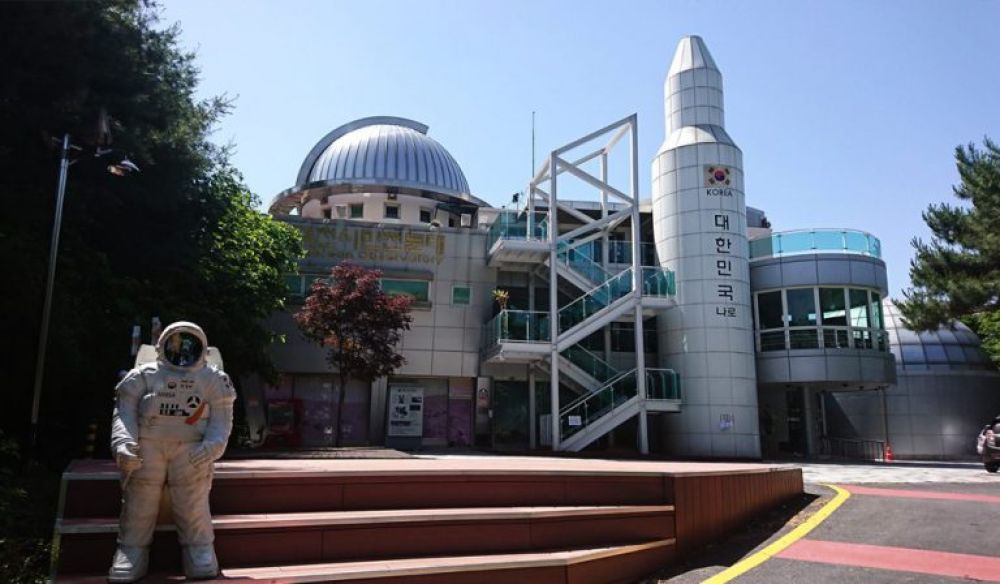

Daejeon Observatory in South Korea offers a captivating experience for stargazers and space enthusiasts. The optimal period for visiting the observatory coincides with the clear weather patterns, typically from late April to early June, and then again from September to November. During these spring and fall months, the skies over Daejeon are generally less affected by the monsoon season, which means clearer nights ideal for observing the stars and other celestial bodies. Furthermore, these periods avoid the extreme cold of the Korean winter, making nighttime stargazing a more comfortable adventure. Visitors should also keep tabs on the lunar phase and try to plan their visit around the new moon, when the absence of moonlight permits the darkest skies and the best viewing conditions.
It's also worth considering the observatory's schedule and potential events. Special astronomical events, such as meteor showers or eclipses, might offer a unique viewing opportunity that wouldn't be encountered during a regular visit. The Perseid meteor shower in August, for example, although outside the ideal weather window, is a highlight for many enthusiasts. Before planning your trip, it's recommended to check the Daejeon Observatory's calendar for special openings or night-time viewing sessions that align with such occurrences. Regardless of when you go, be sure to bring warm clothing for evening visits, as temperatures can drop significantly after sunset, even during the milder seasons.
| Month | Min Temp | Max Temp |
|---|---|---|
| January | -5 °c | 5 °c |
| February | -3 °c | 7 °c |
| March | 2 °c | 13 °c |
| April | 8 °c | 20 °c |
| May | 13 °c | 25 °c |
| June | 18 °c | 29 °c |
| July | 22 °c | 30 °c |
| August | 22 °c | 30 °c |
| September | 17 °c | 26 °c |
| October | 10 °c | 20 °c |
| November | 3 °c | 14 °c |
| December | -3 °c | 7 °c |